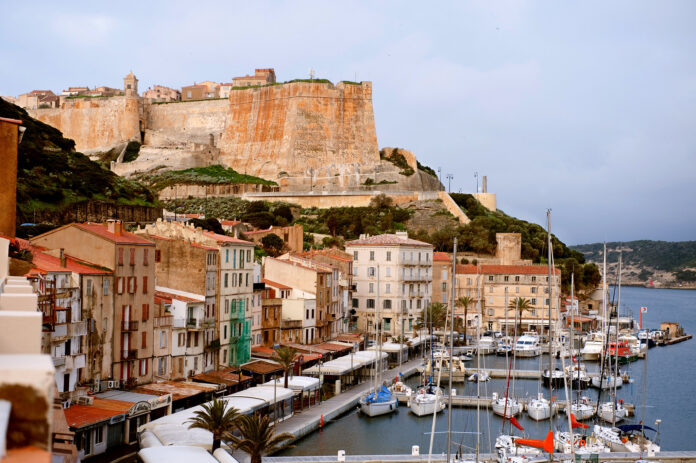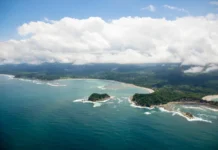Travelling to Corsica and dreaming of those sun-warmed coastal towns where sea-salt air drifts through narrow lanes and time just seems to move a little slower? You’re in the right place.
This complete travel guide to Corsica’s coastal towns is for the curious wanderer who wants more than a postcard, someone ripe for the unexpected alleyway, the scooter by the harbour, the small-town bar with a perfect glass of local vin.
We’ll cover the where, the why and the how of five memorable coastal gems, with real detail and practical tips you can trust.
Discovering the essence of Corsica’s coastline
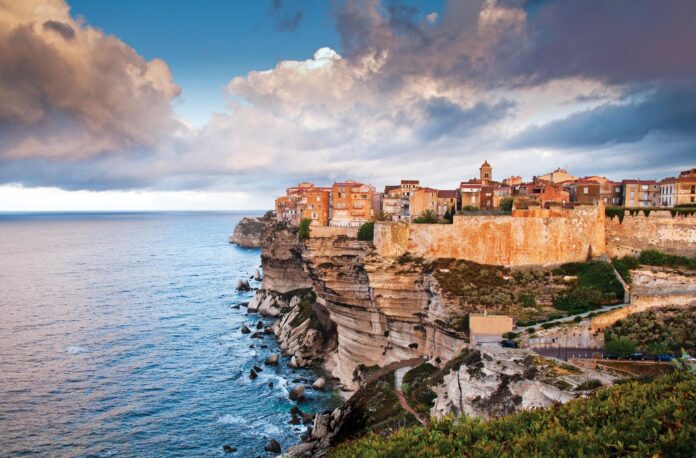
When you land on Corsica you’ll quickly realise that “coastal town” can mean everything from high cliff-perched citadels to sleepy fishing ports. The coastline stretches for some 1,000 km, offering dramatic drop-offs, hidden coves, and old Genoese towers popping out of the maquis.
For this guide we’ll focus on five towns that balance beauty, accessibility and authenticity—places you can base yourself and use as springboards for exploring.
And yes, if you fancy a day out on the water, consider mixing in a luxury moment with a Saint-Tropez boat rental for a true boat-day escape. We’ll explore each town’s vibe, what to do, where to stay and travel-tips to keep your trip smooth (and slightly mischievous in the best way).
Calvi – The laid-back stronghold of the north
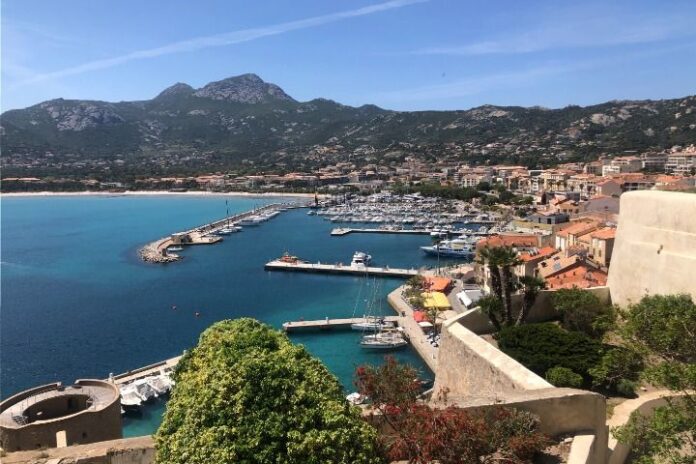
Nestled on Corsica’s northwest coast, Calvi presents an appealing mix of old-world charm and beach town ease. Its 15th-century citadel sits above the marina and the long sandy beach, giving you the chance to do both history and sun-lounging in one day. Trust me, Calvi is one of the island’s loveliest coastal towns.
Why go / What to love:
- The beach stretches right into town, which means you’re a few minutes’ stroll from your sunbed to your coffee.
- The citadel offers elevated views and surprisingly good little cafés tucked into side-streets.
- A relatively relaxed pace compared with the more famous southern towns.
Practical tips: - Stay in the old town or near the beach to minimise taxi time.
- Parking can be tight in peak season—consider arriving earlier in the day.
- Visit just before sunset: the golden light on the fortress gives lovely photo ops.
Porto-Vecchio – Glamour, beaches and local flavor
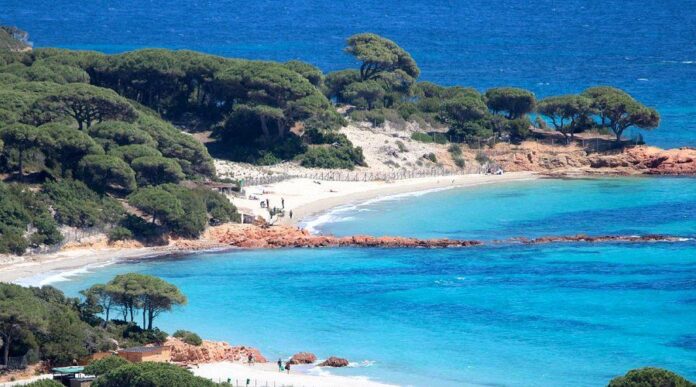
Heading south, Porto‑Vecchio is the type of town that looks like it might ask you to dress up for dinner—but has enough local character to remind you you’re still in Corsica. It’s beach-adjacent and vibrant. Travel guides describe this spot as “heavenly beach holiday in the south”.
Highlights table:
| Feature | What’s special | Tips |
| Old town and marina | Evening strolls among boats, dinner terraces. | Book waterfront table ahead for sunset. |
| Nearby beaches (Palombaggia and Santa Giulia) | White sand, turquoise water, one-of-a-kind setting. | Arrive early for parking; or pick a quieter cove. |
| Local authenticity | Corsican food, friendly cafés off the main drag. | Walk a few blocks away from the “tourist” part. |
Pro tip: Combine a relaxed beach morning with a bit of sightseeing (maybe a small boat trip) and finish with cocktails in the marina after dark.
Bonifacio – Dramatic cliffs and ancient ramparts
At the southern tip of Corsica you’ll find Bonifacio, a coastal town perched on limestone cliffs that plunge into the Mediterranean. Adventure meets atmosphere here. According to travel itineraries: “Bonifacio ranks among Europe’s most spectacularly situated towns”.
What stands out:
- The old town seems to hang in mid-air above the sea; you can also approach by boat under the cliffs.
- A mix of medieval vibe + seaside leisure: perfect for days that feel grand but nights that feel relaxed.
- Nearby is the sea-reserve and islands of the south coast—ideal for a splash of nature.
Logistics and tips: - The town is compact but has steep streets—pack a pair of comfortable walking shoes.
- Driving in may include narrow roads: go slow, enjoy the scenery.
- Stay at least one night here to soak in the atmosphere when day-trippers have left.
Saint-Florent – Tranquil harbour meets beach-backdrop
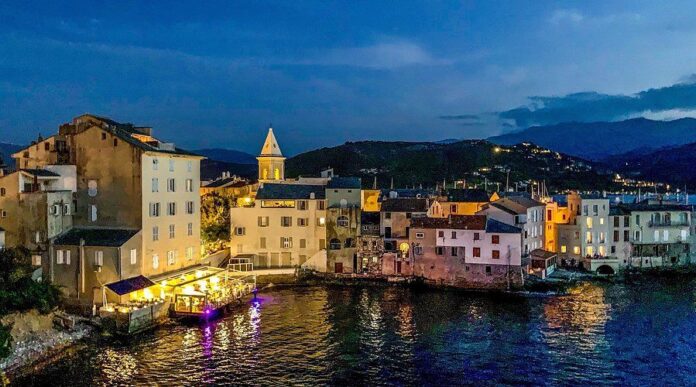
A somewhat lesser-known gem is Saint‑Florent, perched on a small gulf with vineyards behind it and beaches near at hand. For a relaxed base that still feels effortlessly Mediterranean, this town delivers. Travel writing calls it “the best place to stay for those wishing to explore the desert of Agriates.”
Why you might pick it:
- Smaller scale than the big names, so easier to feel like a local for a day.
- Good for mixing town-life (cafés, port walks) and nature (beaches just out of town).
- Great launches for scooter trips or boat ride explorations.
Tip box: If you’re staying here, rent your swim gear early in the day and take a short boat ride to the golden sands of the Agriates, less crowded than the headline beaches.
Getting there: The nearest airport is a little further away than some big resorts, so plan arriving daylight if possible.
Ajaccio – Birthplace of Napoleon, sea-side ease
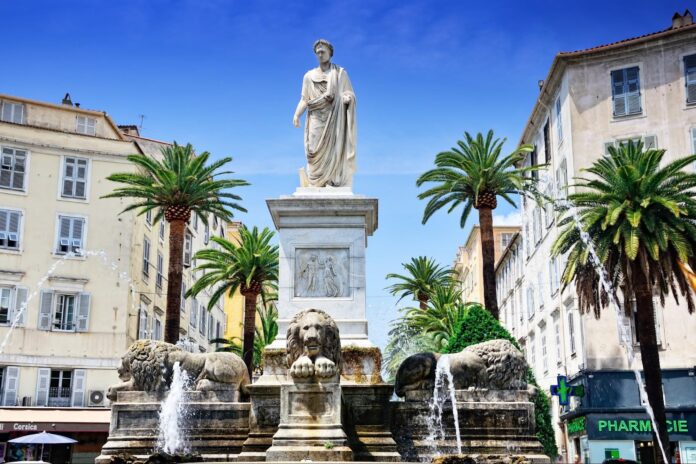
Last but not least, let’s talk about Ajaccio, the island’s capital and a coastal town with big personality. It strikes a balance between “something to explore” (history, museums) and “something to chill” (beach, gelato by the sea). Travel guides list it among Corsica’s noteworthy towns.
Highlights and style:
- Historical depth: birthplace of Napoleon, which gives the town a distinct energy.
- Great for families or those wanting amenities alongside charm.
- Good transport links (ferry/airport) make it a convenient base or stop.
Heads-up: - Because it’s more of a town than a small village, you’ll encounter more traffic, more “tourist-town” feel. But that’s fine if you’re after a comfortable base for exploring.
- Stay near the old town or beach side for maximum “by the sea” feel; avoid the industrial outskirts.
Conclusion
Each of the towns above offers a slightly different slice of Corsica’s coastline: Calvi’s fortress and beach-town ease, Porto-Vecchio’s shimmering marina and nearby iconic beaches, Bonifacio’s dramatic cliffside drama, Saint-Florent’s tranquil port with natural escapes and Ajaccio’s mix of history and seasides. Together they create a map of experiences, sun, sea, slow walks and satisfying local meals.
Pick two or three to base yourself in, allow for side trips in between, and you’ll leave Corsica with more than just memories, you’ll leave with stories: of wind-blown drives, red-rock sunsets, and the small human moments that make a destination feel alive. Bon voyage.

